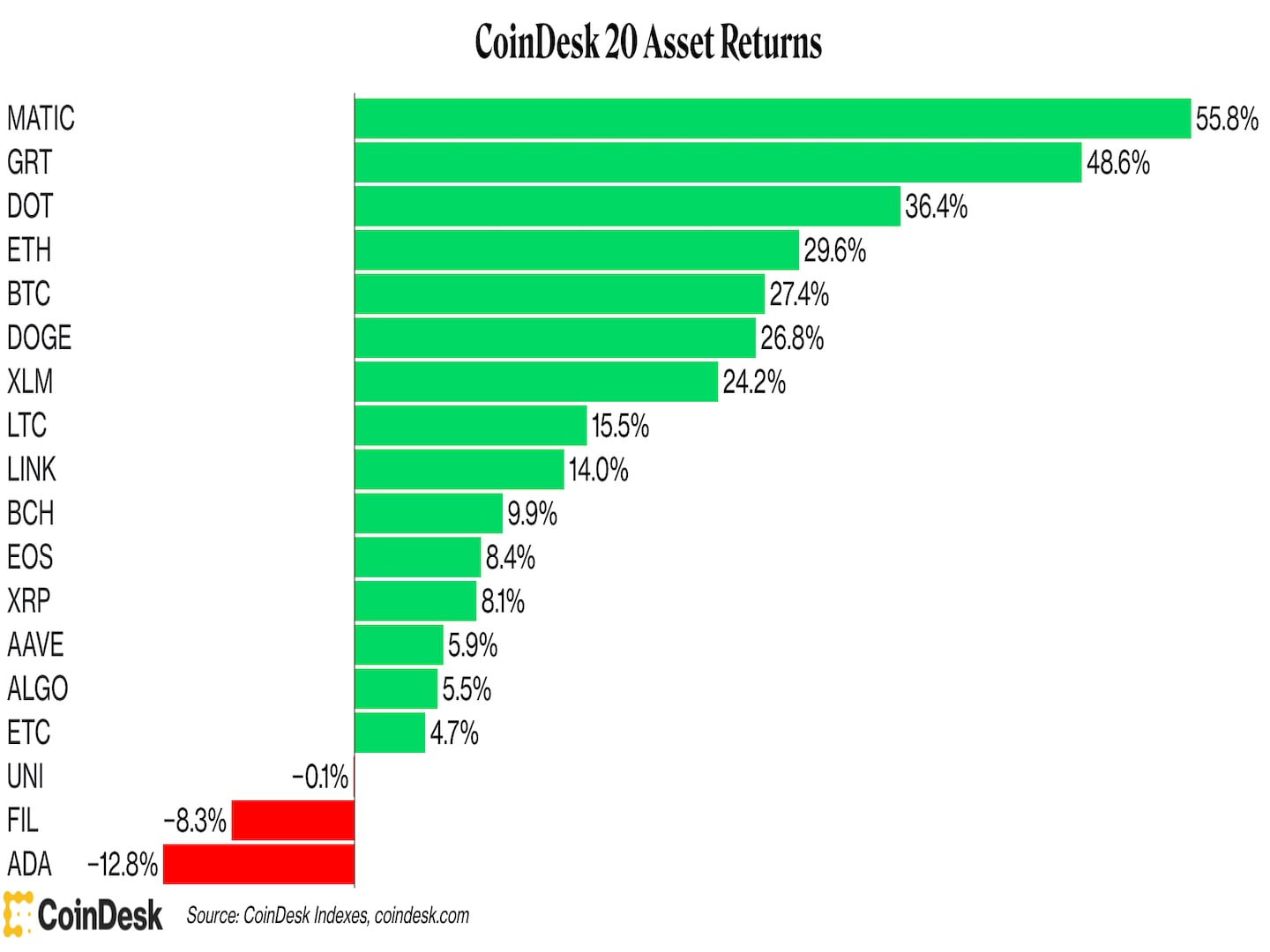There is always the “third coin” in cryptocurrency. This is the rotating coin that occupies the third position in market capitalization behind bitcoin (BTC) and ether (ETH). The third coin is usually characterized as a challenger to the two incumbents. It is favored by new investors and it occupies a centrist position on the cryptocurrency political spectrum.
It has been XRP, binance coin (BNB), and more recently cardano (ADA). There are fewer more dangerous positions to occupy than third in cryptocurrency. The only way is down.
Paul J. Dylan-Ennis is an assistant professor in the College of Business, University College Dublin.
Just as there’s a small majority of Americans with a favorite football team, as crypto becomes increasingly familiar to everyday people, they’ve begun to pick and choose their favorite coins.
In the imaginations of third-coin investors, often newcomers to the space, the third coin solves all the problems of the incumbents. Often these investors are not aware of the historical roots of the third coin and they imagine XRP, binance coin or cardano are novel, revolutionary products, fresh off the boat, like themselves.
Its audience are the blockchain-not-bitcoin suits, the intrigued aunt, or the average Joe tinkering with their Robinhood app. For example, the attraction of XRP (prior to the SEC lawsuit) was its association with the company Ripple and its purported use case: to eliminate costly and slow banking infrastructure by replacing it with RippleNet and XRP as the base currency.
To the new investor, Ripple was a legitimate company, with offices all across the world, and not a bunch of “shadowy super coders.” This same investor was not interested in obscure concerns such as decentralization and was quite content with XRP’s centralized, high-trust network that, after all, produced faster transaction times and lower fees, which must be a good thing. Of course, most third-coin investors have probably never seen this first hand since their XRP has only ever existed on the Binance exchange.
Speaking of, BNB follows the same logic. There is a company associated with the coin and not just any company, but one intimately familiar to the new investor, Binance. Naturally, there is also a purported use case. Users can pay fees on Binance in BNB. That this ties the fortunes of BNB long-term to a company that is, like XRP, under immense regulatory scrutiny, has been another harsh lesson for the new investors.
Third coins often benefit from company announcements, but are always at risk of announcements about companies.
Then there is Binance Smart Chain (BSC). It is difficult to capture in words the absolute chaos that is Binance Smart Chain (BSC). It is more or less a copy-and-paste of Ethereum, but as if someone created Ethereum and then stopped maintaining it the day after. It is a lawless land of unexpected bugs and YouTube influencer scams.
It seems in recent times investors have savvied up to the dangers of company coins and sought refuge in the warm comfort of ADA. While XRP and BNB are centralized and centrist, ADA is decentralized, but centrist. Cardano differentiates itself from Ethereum – and is positioned quite explicitly as an Ethereum-killer – in that the code undergoes a rigorous peer-review process, like in academia. It pursues legitimization through academic association.
The new ADA investor is able to defend the lack of core functionality – up until recently Cardano did not have smart contracts – by pointing toward this slow and steady peer-review process. Perhaps the DAO hack (2016) or the Parity bug (2017) would never have happened had Ethereum followed this procedure, assuming, that is, any contemporary ADA investor knows what either of those archaic events are.
Today, ADA, BNB and XRP sit behind tether (USDT) – a stablecoin with massive volume and not a third coin in my sense – waiting their turn for the number three spot. Behind them waits solana (SOL), a third-coin-in-waiting if ever there was one. It is an Ethereum-killer, mildly decentralized or mostly centralized depending on your view, has low fees, fast transactions and squarely targets the investor who just wants to buy non-fungible tokens (NFTs) without paying obscene gas to do so.
Never mind if it goes offline. We’ll just reboot it. Third coin mindset!
The tragedy of the third coin is that the gap in market capitalization between them and ETH, never mind bitcoin, is so large it will likely take a seismic collapse of the incumbents for the challenges to succeed, rather than the challengers catching up due to mass adoption. ETH sits at approximately $350 billion at the time of writing. The next third coin, ADA, at approximately $66 billion.
The worrying conclusion is, and I apologize to all in advance, this seems to situate me, and others like me, as duo-maximalists: those who believe bitcoin and ether are too entrenched to be toppled.
Read more: You Can Be a Bitcoin Maximalist and Like Ethereum, Too
